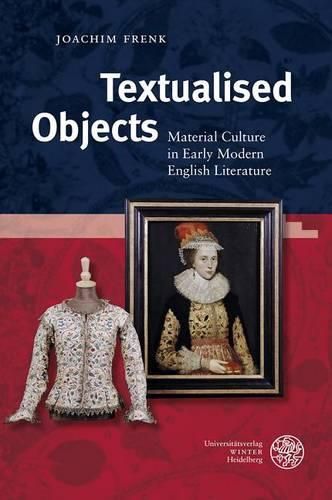Readings Newsletter
Become a Readings Member to make your shopping experience even easier.
Sign in or sign up for free!
You’re not far away from qualifying for FREE standard shipping within Australia
You’ve qualified for FREE standard shipping within Australia
The cart is loading…






Early modern literature, in search of stable orders of things in a time of drastic changes, is teeming with material objects, the stuff of everyday life. Thus, it gives access to great topics of the early modern age, such as the rapidly emerging and mutating capitalism, the provisional and shifting constructions of literary subjects in relation to the objects around them. This study traces the cultural biography of a material object, the most splendid edifice built in Elizabethan London: the Royal Exchange. It then analyses the rhetorical materialisations of the sonneteering vogue, with a special emphasis on the material history of the English sonnet between a manuscript and a print culture. Its last main object is Shakespeare’s Falstaff, whose massive body and powerful rhetoric are centres of early modern material orders and subversions, both in the histories and in the comedy of the ‘Merry Wives’. A conclusion applies the findings to the (im)material rhetoric of Thomas Nashe.
$9.00 standard shipping within Australia
FREE standard shipping within Australia for orders over $100.00
Express & International shipping calculated at checkout
Early modern literature, in search of stable orders of things in a time of drastic changes, is teeming with material objects, the stuff of everyday life. Thus, it gives access to great topics of the early modern age, such as the rapidly emerging and mutating capitalism, the provisional and shifting constructions of literary subjects in relation to the objects around them. This study traces the cultural biography of a material object, the most splendid edifice built in Elizabethan London: the Royal Exchange. It then analyses the rhetorical materialisations of the sonneteering vogue, with a special emphasis on the material history of the English sonnet between a manuscript and a print culture. Its last main object is Shakespeare’s Falstaff, whose massive body and powerful rhetoric are centres of early modern material orders and subversions, both in the histories and in the comedy of the ‘Merry Wives’. A conclusion applies the findings to the (im)material rhetoric of Thomas Nashe.